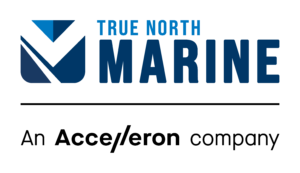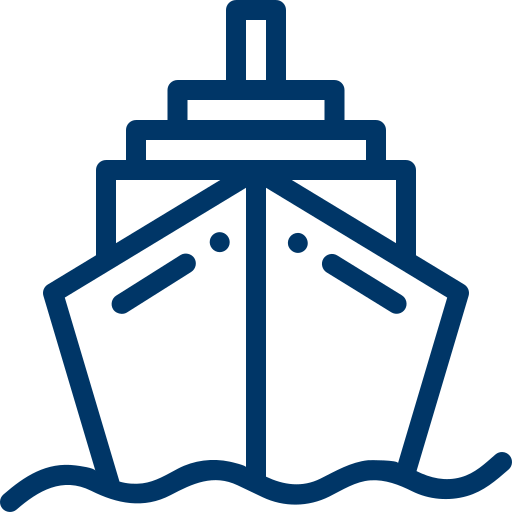For mining companies and ore carriers 2020 was a year especially full of disruption: the Covid-19 pandemic, the China-Australia coal dispute, and now shippers must adapt to a charter market that is reminiscent of 2008. With hire rates booming and high export volumes expected to persist, carriers should look for ways to minimize their costs and improve voyage efficiency.

A comparison of hire rates over the last few years, showing monthly low and high price for Hire and Freight Rate (Data via The Baltic Exchange)
One potentially overlooked opportunity for improving TCE¹ lies in reducing sailing time by optimizing vessel routing. This is especially important for mining companies given that they fix many voyages throughout the year along consistent and well defined trade routes. As our case study below will demonstrate, it is worthwhile to analyze these well-trafficked trade routes to search for marginal improvements in sailing time. Even 1-2hrs saved on each voyage has the potential to compound and produce significant savings over the course of a year.
Case Study: Voyages between N. Australia and N. China
In spite of China’s unofficial ban on Australian coal, the dry bulk trade between Australia and China will continue to play a critical role for each nation. Australia continues to export large quantities of Iron ore to China and total exports are projected to grow over the next 5 years by abt. 200M mts to 1.1Bn mts annually. In the near term, this year has seen iron ore prices reach record highs driven by demand in China and China is expected to remain a major importer of Australian Iron Ore.
Australia’s bauxite exports are projected to remain steady over the next 5 years in the face of increasing competition from mines in Guinea and elsewhere. This year Australia is forecast to export approximately 36 630 000mt of Bauxite in 2021, representing about A$BN 1.487 in trade.
Given the high volume of ore exported from Australia destined for China every year, we conducted an in-depth analysis of weather conditions along one frequently sailed route between N. Australia and N. China as well as the return voyage. We expect that this route will continue to be well traveled over the coming years and so presents an excellent candidate for analysis and optimization.
Based on our analysis we can conclude that by making a small deviation of approximately 10nm, vessels may be able to reduce their time at sea by between 2-3hrs and improve their TCE over the shortest – distance route.
N-Bound Voyage:
The laden voyage between the N. Australian ports (Weipa, Amrun, etc…), and disports in N. China (Longkou, Tianjin, etc…) provides a clear example of how minor alterations in route can provide opportunities for significant cost savings.




